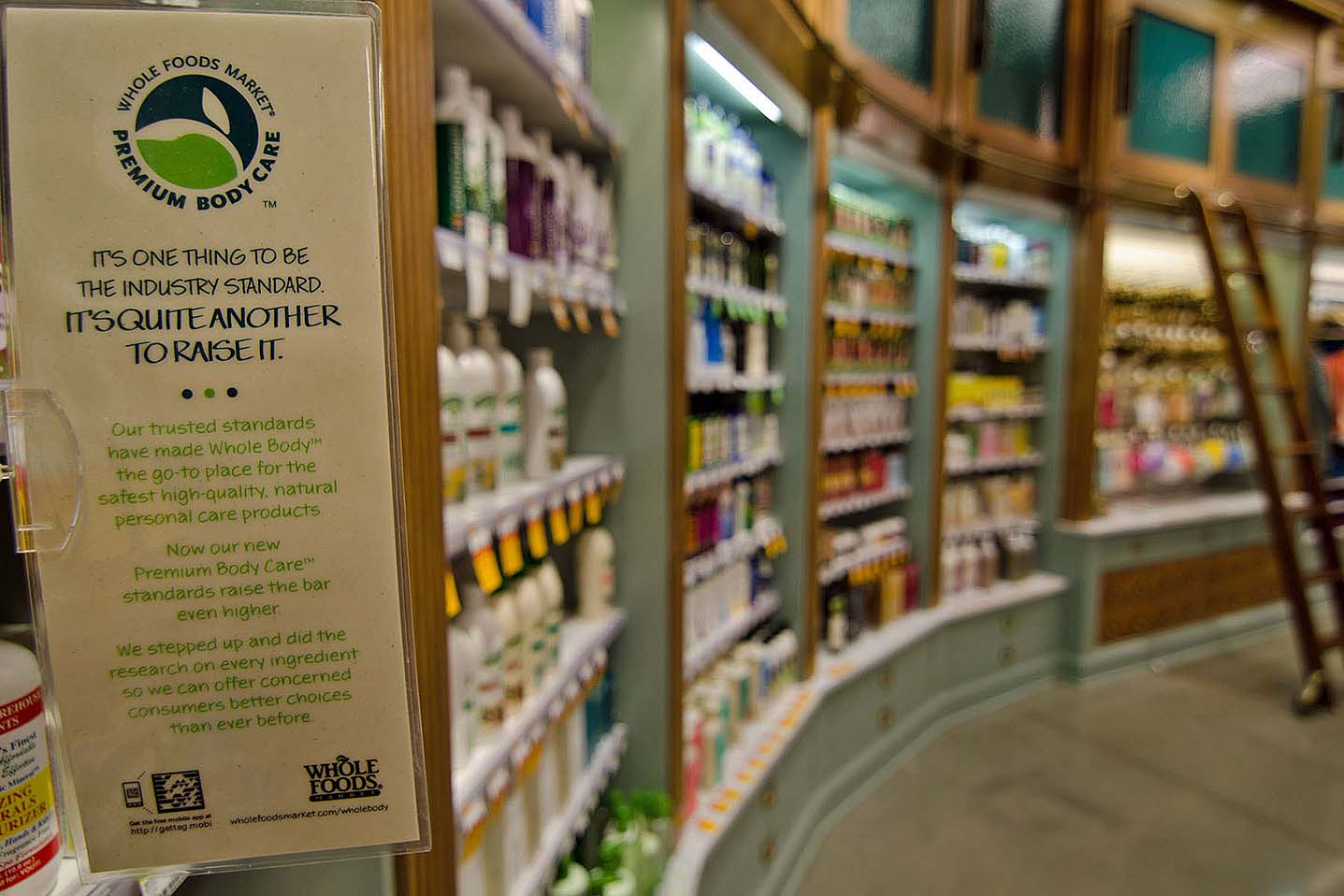There is no reason for consumers to be concerned about the use of cosmetics containing parabens,” the Federal Drug Administration states on its webpage about the preservatives commonly found in personal care products such as make-up, shampoo, and skin lotion.
But scientific evidence refuting the safety of parabens has been mounting. And many cosmetics companies prominently—righteously—declare an absence of the ingredient on product labels. So what gives? Are skin care companies pandering to some sort of consumer mass hysteria? Or is the FDA position lagging behind credible scientific findings?
In truth, the FDA actually has very limited oversight of what goes into cosmetics. And the agency’s confidence in the safety of parabens, a group of additives that increase a product’s shelf life by deterring the growth of microbes, is based on the tiny concentrations in which the parabens occur in consumer products.
Meanwhile, parabens become more controversial with each new study. They are known estrogen-mimickers, which disrupt the endocrine system, mission control for hormones. Endocrine disruptors enhance the risk for breast cancer, early puberty, and reproductive disorders.
A UC Berkeley study published this fall further challenges parabens, and from a new angle. The research, led by Dale Leitman, a nutritional sciences and toxicology adjunct associate professor, found that interactions with cell-growth regulating agents—signaling molecules in the cells—could indicate that low-dose parabens are more harmful than previously thought. Standard testing methods analyze the chemical in isolation, not in the more realistic, interactive environment Leitman and his colleagues created.
The chemical’s ubiquity heightens concerns. A 2006 Center for Disease Control study found methyl-parabens in 99 urine samples of 100 people.
The growing alarm was enough to warrant European restrictions. In 2011, Denmark banned propyl- and butylparabens in products intended for young children, and in 2014 the European Commission announced an outright ban on five parabens. The European Union’s system is precautionary—if there’s reason to believe something could be dangerous, they are likely to take it off the market.
But in the United States, cosmetic chemicals are innocent until proven guilty. “With very limited exceptions, federal law does not require any pre-market governmental review of cosmetic safety, and does not even require internal testing of product safety by cosmetics manufacturers, before cosmetic products are offered for broad sale,” says Claudia Polsky assistant clinical professor of law and director of Berkeley Law’s Environmental Law Clinic.
“The current system is treating consumers like guinea pigs,” he says. “It’s like the worst form of animal testing: We’ll test it on the human population, but we won’t actually look to see whether it’s doing any damage.
The U.S. regulatory system, she adds, “is the opposite of precautionary: Only if harm occurs post-market can the FDA theoretically determine a product to be ‘adulterated,’” meaning spoiled, poisonous, or injurious when used as directed. “In reality, this almost never occurs, notwithstanding the increasing evidence that many cosmetic products can cause acute or chronic health effects.”
Bill Pease, Berkeley grad and chief scientist for the consumer-information website GoodGuide, agrees. “The current system is treating consumers like guinea pigs,” he says. “It’s like the worst form of animal testing: We’ll test it on the human population, but we won’t actually look to see whether it’s doing any damage. That’s what’s happening when 99 percent of the population has documented evidence of exposure.”
But the marketplace, says Pease, can be an effective agent of change through what’s known as “retail regulation.” Companies often use their own research-based criteria to identify so-called healthier or safer products. He points to those “No parabens! No sulfates!” product labels, which have the potential to move “the market away from problematic or controversial chemicals faster than the regulatory process could.”
For example, Whole Foods’ Premium Body Care label certifies products to be free of 400 ingredients the company deems suspect. In 2013, Walmart introduced its “sustainable chemistry” initiative to remove products containing potentially dangerous chemicals from store shelves; and GoodGuide started working with Target on a Sustainable Product Index to help the retail giant rank products for health and sustainability.
The EPA’s Safer Choice label and the Cradle to Cradle assessment program are two independent certification standards. Neither has anything like the market saturation that, say, the Good Housekeeping Seal once had. But for now, consumers can read labels and get objective evaluation of a product’s ingredients from Skin Deep, the cosmetics database from the Environmental Working Group (EWG), and at the more comprehensive GoodGuide site.
Recent high-profile cases demonstrate how consumer pressure changes the marketplace faster than the government can. One case involved perfluorinated compounds (PFCs), chemicals used in pizza delivery boxes and microwave popcorn bags. By the time the FDA made a January announcement banning PFCs, many manufacturers had already stopped using them.
The other case involved triclosan, the antimicrobial fungicide found in antibacterial soaps that was banned by the EU last year. The EPA in May rejected calls to pull triclosan-containing products off store shelves, stating on its website that the agency is “engaged in an ongoing scientific and regulatory review of this ingredient.”
But a number of American companies, including Avon, have already eliminated triclosan from their products. They specifically cite, as Johnson & Johnson phrases it, “consumer peace of mind” as the motivation.



















